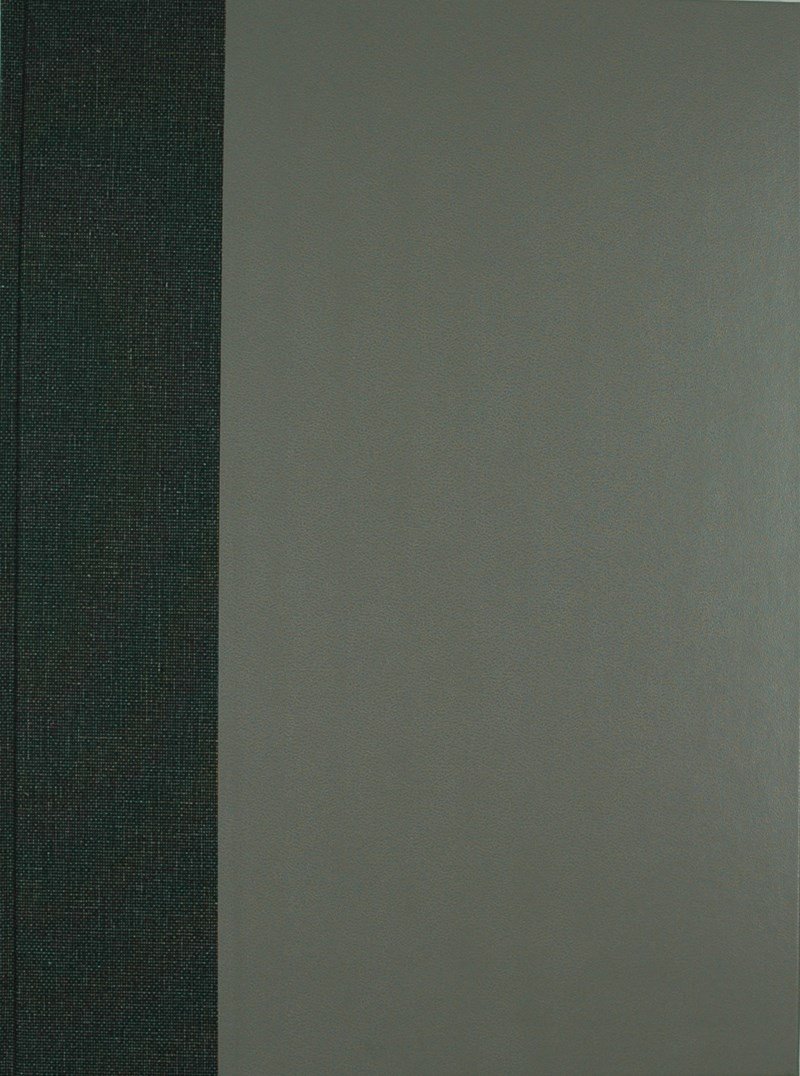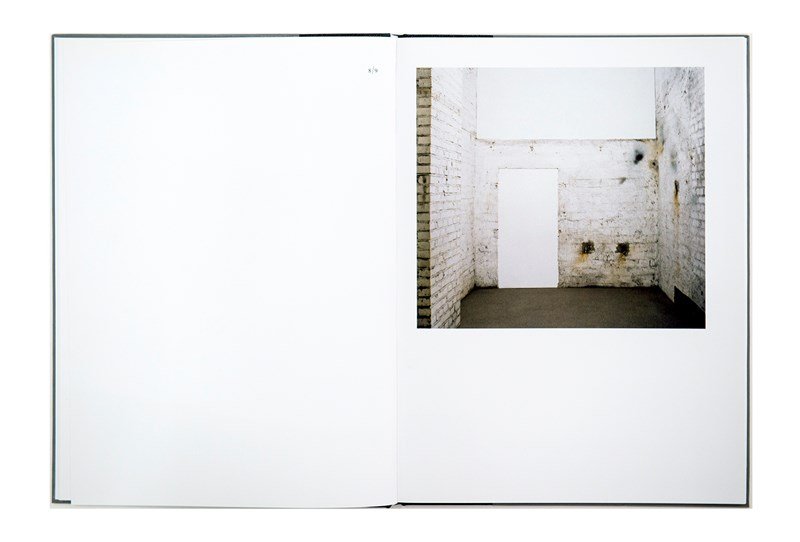Schacht/Attika/Stall / Ricarda Roggan
What remains when nothing’s left behind? Ricarda Roggan takes a long, slow look in Schacht/Attika/Stall. Known for her photographic interpretations of the passing of East Germany, the large-format photographs illustrate an emptied space, defined only by its borders, walls, doorways, ceilings. Tranquil and meditative, Roggan’s new monograph urges one to wonder what was, not just in her birthplace of Leipzig, but any space that’s been defined by walls. A follow-up to her previous project, Stuhl, Tisch and Bett, the grainless detail and presentation of these images create a mindspace as open as the imagination. Less architectural but no less detailed as work from Werner Mantz, Roggan’s spaces are a musique concrète of sorts, a dramatic statement about the nature of what is, and what might be. With their filled-in windows and doors, these photographs are a doorway into the wide world at large, colorful, cacaphonous and infinite.
What remains when nothing’s left behind? Ricarda Roggan takes a long, slow look in Schacht/Attika/Stall. Known for her photographic interpretations of the passing of East Germany, the large-format photographs illustrate an emptied space, defined only by its borders, walls, doorways, ceilings. Tranquil and meditative, Roggan’s new monograph urges one to wonder what was, not just in her birthplace of Leipzig, but any space that’s been defined by walls. A follow-up to her previous project, Stuhl, Tisch and Bett, the grainless detail and presentation of these images create a mindspace as open as the imagination. Less architectural but no less detailed as work from Werner Mantz, Roggan’s spaces are a musique concrète of sorts, a dramatic statement about the nature of what is, and what might be. With their filled-in windows and doors, these photographs are a doorway into the wide world at large, colorful, cacaphonous and infinite.
What remains when nothing’s left behind? Ricarda Roggan takes a long, slow look in Schacht/Attika/Stall. Known for her photographic interpretations of the passing of East Germany, the large-format photographs illustrate an emptied space, defined only by its borders, walls, doorways, ceilings. Tranquil and meditative, Roggan’s new monograph urges one to wonder what was, not just in her birthplace of Leipzig, but any space that’s been defined by walls. A follow-up to her previous project, Stuhl, Tisch and Bett, the grainless detail and presentation of these images create a mindspace as open as the imagination. Less architectural but no less detailed as work from Werner Mantz, Roggan’s spaces are a musique concrète of sorts, a dramatic statement about the nature of what is, and what might be. With their filled-in windows and doors, these photographs are a doorway into the wide world at large, colorful, cacaphonous and infinite.
2006
Fotohof
96 pages
24 x 32 cm
Hardcover
Offset Print
First Edition
ISBN 978-3-901756-74-0



